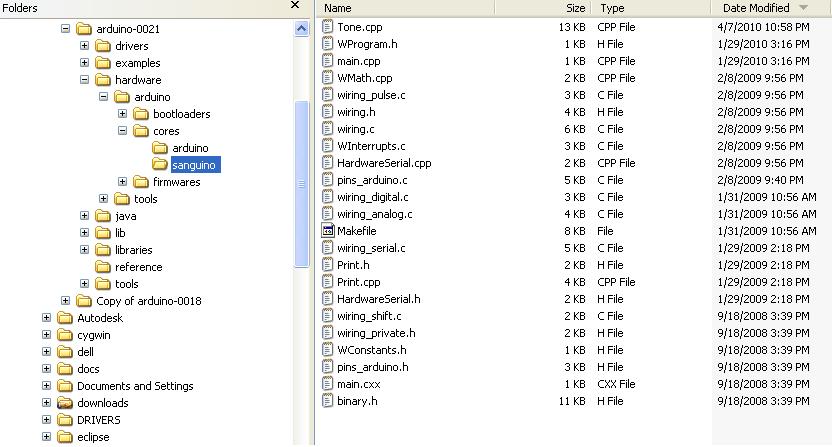

- #WCONSTANTS.H LIBRARY DOWNLOAD HOW TO#
- #WCONSTANTS.H LIBRARY DOWNLOAD SERIAL#
- #WCONSTANTS.H LIBRARY DOWNLOAD CODE#
- #WCONSTANTS.H LIBRARY DOWNLOAD DOWNLOAD#
Here's the goods: SMB_LIBRARIES and for pudding: The demo sketch As usual, I'm happy to help with any problems or queries you might have. I developed this under the latest IDE at time of writing which is Arduino-0012. The example sketch should cover the most obvious use cases of printing a listing of files and updating a file on the card. Concepts such as pointers to functions and PROGMEM data storage are used throughout, but you should be able to use this as it stands without this knowledge. I don't think there's anything that should scare anyone though. It's still a lightweight library but there may be new ideas here for some beginner programmers. By providing a function callback you can now process FAT directory entries to your heart's desire! Since a number of you dear readers asked about traversing FAT directories I've abstracted this requirement into a core feature.

#WCONSTANTS.H LIBRARY DOWNLOAD CODE#
Now you can use any code capable of reading 512byte sectors from any FAT formatted device. Most notably I have broken the dependency on a particular device library. The code is thoroughly commented and should answer most questions.
#WCONSTANTS.H LIBRARY DOWNLOAD DOWNLOAD#
Download the Simulation from the above button and try to design it on your own.There has been a flurry of activity recently and a number of uFat users have been in touch, which is nice! In response to this I think it's about time that I posted my latest updates.
#WCONSTANTS.H LIBRARY DOWNLOAD SERIAL#
So, that’s all for today, I hope you have enjoyed this Arduino Software Serial example.
Now our SoftSerial object is ready and then we have initialized our software serial by using SoftSerial.begin(9600), here we have started our software serial and the baud rate set is 9600.After that, I have created the SoftSerial object and its parameters are SoftSerial(RX, TX), so in the above code pin # 2 has become RX of our Arduino Software Serial and pin # 3 become TX.In the above code, we have first included the Arduino Software Serial Library using #include.Serial.println(" Designed by Serial.println() Serial.println(" **** Its a Hardware Serial **** ") SoftSerial.println(" Designed by SoftSerial.println() SoftSerial.println(" **** Its a Software Serial **** ") Now copy and paste the below code in your Arduino software:.If you can’t find its library then you should download the Software Serial Library. Arduino has a Library of Software Serial in it.First of all, let me tell you where you can find Examples of Software Serial.You can download the Proteus Simulation for Arduino Software Serial, by clicking the below button:.I am going to use Proteus software for testing the codes.
#WCONSTANTS.H LIBRARY DOWNLOAD HOW TO#
So, let’s get started with How to use Arduino Software Serial: How to use Arduino Software Serial? So, I always connect my Serial modules via software serial and then check their output on Serial Monitor. If you ask me, I have never used a hardware serial port because pin # 0 and pin # 1 are also used for uploading code and debugging the code via Arduino Serial Monitor. It’s really very comfy if you are working on serial modules. Software Serial is also named Virtual Serial Port. So, in such cases, there’s a need to add one more serial port and that serial port can be created at any two pins of Arduino and is called software serial. So, if you are having two or more serial modules, then there’s difficulty in adding two modules because we just have one hardware serial port. But we all know that Arduino has just one Serial Port placed at pins 0 and 1. In both of these tutorials, we have done the hardware Serial Communication. In my previous tutorial, we have had a look at How to use Arduino Serial Write and How to use Arduino Serial Read. In today’s tutorial, I am going to show you How to use Arduino Software Serial. Hello friends, I hope you all are fine and having fun.


 0 kommentar(er)
0 kommentar(er)
